Relationships Between Structure and Property/Reactivity/Biological
Activity
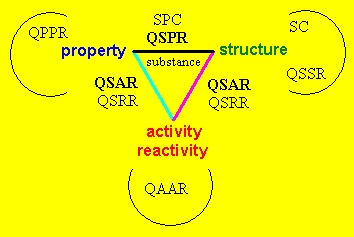
Schematic representation of relationships between
structure, property and activity/reactivity:
QSAR - Quantitative Structure-Activity Relationships
QSPR - Quantitative Structure-Property Relationships
QAAR - Quantitative Activity-Activity Relationships
QPPR - Quantitative Property-Property Relationships
QSSR - Quantitative Structure-Structure Relationships
SPC - Structure-Property Correlation
SC - Structure Correlation
A
postgraduation course in the 1st semester of 2003, QP-399:
Special
Topics in Physical Chemistry IX:
“Relationships
Between Structure and Property/Reactivity/Biological Activity”
by Prof. Dr. Márcia M. C. Ferreira and Dr. Rudolf
Kiralj,
Institute of Chemistry, UNICAMP. Schedules:
Tuesday and Thursday, from 7 to 9 PM.
Contact: marcia@iqm.unicamp.br,
rudolf@iqm.unicamp.br
CONTENTS
Multivariate Analysis
Introduction.
Exploratory data analysis:
PCA - principal component analysis.
HCA - hierarchical cluster analysis.
Building the regression models:
PCR - principal component regression.
PLS - partial least squares regression.
Building the models for classification (pattern recognition):
KNN.
SIMCA.
Structural and Theoretical Chemistry
Introduction.
Structural parameters of atoms, small molecules and macromolecules.
Structural conformational analysis.
Molecular symmetry and stereochemistry.
Hydrogen bonds.
Intra- and intermolecular interactions.
Molecular complexes.
Crystal symmetry.
Crystal packing.
Crystallographic data bases.
Brief overview on theories used in theoretical, computational
and structural chemistry.
Introduction to graph theory.
Use of structural data in theoretical chemistry.
Computational conformational analysis.
Geometry optimization of molecular complexes.
QSAR/QSPR
Introduction.
Quantitites in (Q)SAR/(Q)SPR.
Global and local molecular descriptors.
Descriptors of molecular complexes and crystal
packing.
Reactivity and magnetic property descriptors.
Methodology of (Q)SAR/(Q)SPR.
QSAR-3D.
Visualization techniques for molecules, molecular complexes,
electron density and crystal packing.
Molecular graphics at qualitative and quantitative level.
Basic principles of molecular modeling.
Docking.
Pharmacophores.
BESIDES THEORETICAL LECTURES, THE COURSE INCLUDES
PRACTISE, EXERCISES, PRESENTATION OF WORKS FROM LITERATURE AND OWN PROJECTS.
Course material to download
Lecture Notes 4, 16-28 are available
im small .pdf format (2 original pages in only one) on the portuguese link,
and big .pdf format (1 original page in one pdf page) on the english link.
Choose the better option for you!
The Lecture Notes, Exercises and
the Supplements are the property of the Laboratory of Theoretical and Applied
Chemometrics, Institute of Chemistry, The State University of Campinas,
Campinas, SP, and so they can be used only for teaching and didactive/education
purposes (learning) with adequate citation! It is prohibited to use this
material or represented ideas to make any kind of work, to write texts
or make any other stuff where the content is modified and/or the authorship
named differently than in these original documents!
NEW!
ANNOUNCEMENT: After the official
date of the end of the semester, the course material (the Lecture Notes,
Exercises and Supplements) are not more available for download. Who wants
some material, please contact Profa.
Márcia or Rudolf.
--------------------------------------------------------------------------------------------------------------------------------------------------------------------
–CONTENTS (in portugese)
–Lecture
No. 1 (18 February 2003): Introduction to the Course (in portugese)
–Lecture No. 2 (20 February 2003):
Introduction to Multivariate Analysis. Data Preprocessing (in portugese)
–Lectures No. 3, 5, 6 and 7 (25
February, 11, 13 and 18 March 2003): Exploratory Analysis, parts I, II,
III and IV (in portugese)
–Lecture
No. 4 (27 February 2003): Introduction to Structural Chemistry. Atomic
Properties (in english)
–Lectures No. 8, 9, 10 and
11 (20, 25 and 27 March, and 1 April 2003): Regression Models, parts I,
II, III and IV (in portugese)
–Exercises I:List
of Exercises I (in
portugese)Data
I
–Lecture No. 12 (3 April 2003): Interpretation of literature
works, by free choice, from the area of applied chemometrics - 6 presentations
by students (in portugues)
–Lectures No. 13, 14 e 15
(8, 10 e 15 April 2003): Classification Models (Pattern Recognition), parts
I, II, III and IV (in portugese); Interpretation of literature works,
by free choice, from the area of applied chemometrics - 3 presentations
by students (8 April 2003; in portugues)
–Exercises II:List
of Exercises II (in
portugese)Data
II
–Lecture
No. 16 (22 April 2003): Chemical Bond. Bond Length and Angle, Torsion Angle
(in english)
–Lectures
No. 17 and 18 (24 and 29 April 2003): Other Structural (Geometrical) Parameters
of Small Molecules. Structural Conformational Analysis (in english)
–Lecture
No. 19 (6 May 2003): Other Structural (Geometrical) Parameters of Macromolecules.
Isomerism and Absolute Configurationand Conformation (in english)
–Lecture
No. 20 (8 May 2003): Point Groups and Symmetry. Molecular Symmetry (in
english)
–Lecture
No. 21 (13 May 2003): Hydrogen Bonds and Other Intra- and Intermolecular
Interactions. Molecular Complexes (in english)
–Lecture
No. 22 (15 May 2003): Crystal Systems. Crystal Symmetry and Space Groups.
Crystal Packing I (in english) - [A Xerox copy of the Supplement
is neccessary to get at the beginning of the lecture]
–Lecture
No. 23 (20 May 2003): Crystal Packing II. Crystallographic Data Bases and
Other Useful Data Bases (in english)
-Lecture on Cambridge Structural
Database
–Lecture
No. 24 (22 May 2003): Special Topics in Theoretical, Computational e Structural
Chemistry I, (in english)
A very short manual
and an output example for program PLATON
–Exercises III:List
of Exercises III (in
portugese)
This list of exercises has to
be done and given at most at the end of the first week of JULY! The list
can be done using the DEMO version of Pirouette.
–Exercises IV:List
of Exercises IV (in
english)Data
III
This list of exercises has to
be done and given up to 10th of July! After this date will not be possible
to hand over the list. The list can be done by using programs PLATON with
Raswin, and Pirouette.
–Lecture
No. 25 (3 June 2003): Special Topics in Theoretical, Computational e Structural
Chemistry II (in english)
- [It is recommended to download the Supplements
A,
B,
C,
D
and E before the beginning of the lecture]
–Lecture
No. 26 (5 June 2003): Introduction to Medicinal Chemistry. Molecular Descriptors
(in english) - [It is recommended to download the following Lecture
Notes on QSAR by H. Kubinyi
before the beginning of the lecture: Ligand-Receptor
Interactions, QSAR
Parameters and Hansch
and Free-Wilson Analyses.]
The deadline for giving the
List of Exercises IV is prolonged up to 12th of July. Visit this site to
see if there are more changes of the deadline!
–Lecture No. 27 (10 June 2003):
Molecular Desriptors II. Chemical Similarity and Biological Activity. Introduction
to Medicinal Chemistry II. (in english) - [It is recommended to download
the following Lecture Notes on QSAR by
H.
Kubinyi before the beginning of the lecture: Chemical
Similarity and Biological Activity, Drug
Discovery and Non-Linear
QSAR.]
The deadline for giving the
List of Exercises IV is prolonged once more up to 17th of July!
–Lecture
No. 28 (12 June 2003): QSAR/QSPR Methodology. Examples of QSAR and QSPR.
3D QSAR (in english) - [It is recommended to download the following
Lecture Notes on QSAR by
H.
Kubinyi before the beginning of the lecture: 3D
QSAR, Pharmacophore
Analysis e Virtual
Screening. Also download small suplements: pharmacophore
analysis by Catalyst, QSAR with COMFA, advanced
COMFA and virtual screening.] Examples
of QSAR/QSPR: HIV-1 protease inhibitors, physico-chemical
properties of PAHs,
derivatives of omeprazole
and logP of PCBs.
–Lecture
No. 29 (17 June 2003): Molecular Graphics. Molecular Modeling. Drug Design.
(in english) - [It is recommended to download the following Lecture
Notes on QSAR by
H. Kubinyi
before the beginning of the lecture: Structure-Based
Drug Design, Computer-Aided
Drug Design and Combinatorial
Drug Design.] Handing the List of Exercises IV.
--------------------------------------------------------------------------------------------------------------------------------------------------------------------
-Lecture No. 30 (26 June 2003): Presentation of the
Projects I
-Lecture No. 31 (3 July 2003): Presentation of the
Projects II. Comments on the Lists of Exercises.
More than one practical lecture was given by Profa.
Márcia out of the official time, to teach the students how to make
chemometric analysis on some concrete data. With that, the total number
of the lectures is greater than 31.
ANNOUNCEMENT: Who wants to participate
the minicourse on the use of the Cambridge Structural Database in August
or September, please send an e-mail with the complete name and e-mail to
Profa.
Márcia or Rudolf,
so we can contact you right at the time!
--------------------------------------------------------------------------------------------------------------------------------------------------------------------
Grades
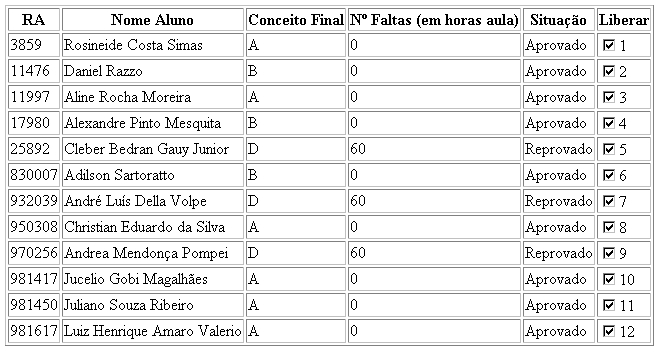
Didactic Materials Related to the Course
Links to the publications
of Prof. Márcia M. C. Ferreira
Theoretical and Applied Chemometrics:
Publicações No. / Publications
No. 14, 15,
17,
19,
20,
21,
22,
23,
24,
25,
26,
27,28,
29,
31,
32,
34,
39,
43,
44,
45,
46,
49,
55,
56,
59,
61,
62
SAR/QSAR, SPR/QSPR, SSR/QSSR:
Publicações No. / Publications
No. 16,
30,
33,
35,
36,
37,
38,
40,
41,
42,
47,
48,
50,
51,
52,
53,
54,
57,
58,
60
Molecular Graphics and Modeling:
Publicações No. / Publications
No. 13,
18,
35,
36,
38,
51,
52,
53,
57
External links (internet)
Molecular Descriptors and QSAR Web News, Chemometrics Web News: http://www.disat.unimib.it/chm/WebMagazine.htm,
http://www.disat.unimib.it/chm/Chemometrics.htm
- University of Milan, Italy
Computational Chemistry List (CCL): http://server.ccl.net/
- USA
The QSAR and Modelling Society - Resources: http://www.ndsu.nodak.edu/qsar_soc/resource.htm
- USA
Homepage of Chemometrics: http://www.acc.umu.se/~tnkjtg/chemometrics/
- Umeå University, Sweden
Tutorials on Chemometrics: http://www.acc.umu.se/%7Etnkjtg/chemometrics/tutorials.html
Chemometrics World - Spectroscopynow.com: http://www.spectroscopynow.com/Spy/basehtml/SpyH/1,1657,2-0-0-0-0-home-0-0,00.html
Commission on Crystallographic Teaching Teaching Pamphlets : http://www.iucr.org/-->
Teaching Pamphlets or http://www.iucr.ac.uk-->
Teaching Pamphlets - International Union for Crystallography
Recommended articles to download:
1. A non-mathematical introduction to X-ray diffraction by C. A.
Taylor
2. An introduction to the scope, potential and applications of X-ray
analysis by M. Laing
6. Pourquoi les groupes de Symétrie en Cristallographie by
D. Weigel
9. Rotation Matrices and Translation Vectors in Crystallography
by S. Hovmöller
10. Metric Tensor and Symmetry Operations in Crystallography by
G. Rigault
11. The Stereographic Projection by E. J. W. Whittaker
13. Symmetry by L. S. Dent Glasser
14. Space Group Patterns by W. M. Meier
15. Elementary X-Ray Diffraction for Biologists by Jenny P. Glusker
21. Crystal Packing by Angelo Gavezzotti (download
here! - www download does not work)
22. Matrices, Mappings and Crystallographic Symmetry by Hans Wondratschek
Lecture Notes on QSAR by H. Kubinyi: http://home.t-online.de/home/kubinyi/
Especial materials to download
Conformation of alkanes and cycloalkanes: Chapter
3 from F. A. Carey: Organic Chemistry, 4th ed., McGraw-Hill Co., NY, 2000.
Software to download
If using any program or database, it (the program
or database) should be cited.
--------------------------------------------------------------------------------------------------------------------------------------------------------------------
Sofware for visualization of molecular
/ crystallographics structures (molecular graphics):
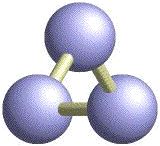
Raswin for Windows or Rasmol for other systems:
http://www.rcsb.org/pdb/help-graphics.html
-->
Rasmol or directly http://www.bernstein-plus-sons.com/software/rasmol/
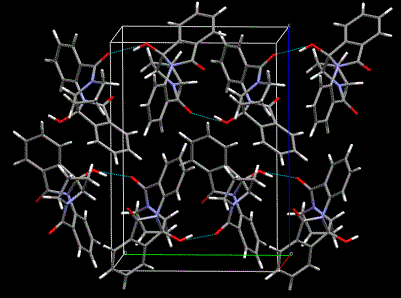
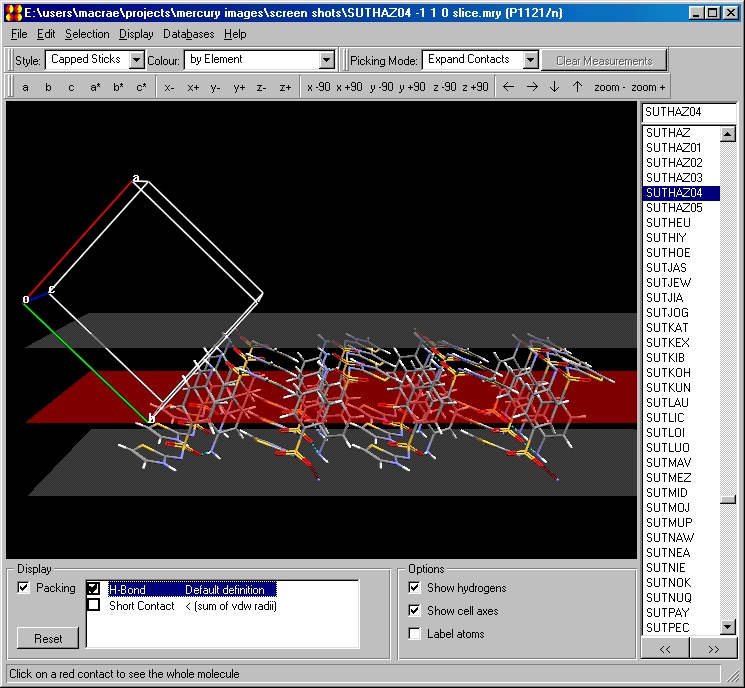
Mercury for Windows or other systems: http://www.ccdc.cam.ac.uk/prods/mercury/index.html
-->
Mercury Download --> etc.
Download: http://www.ccdc.cam.ac.uk/prods/mercury/1_1_2/mercury_download_js.html
Documentation (manual): http://www.ccdc.cam.ac.uk/prods/mercury/docs/mercurydocn.pdf
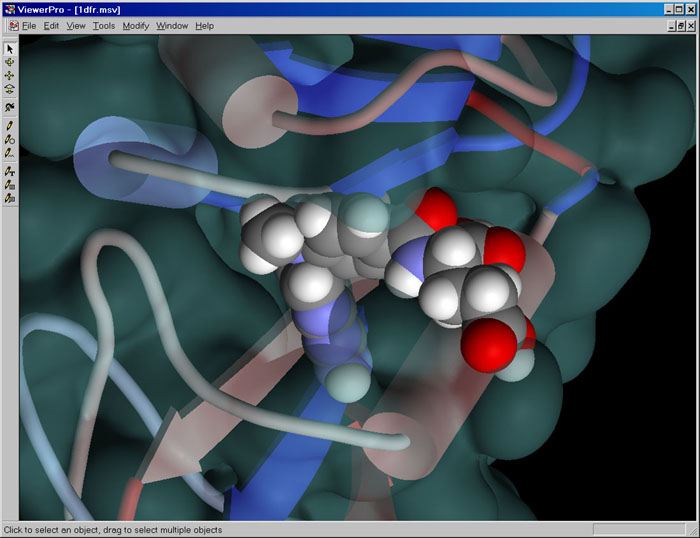
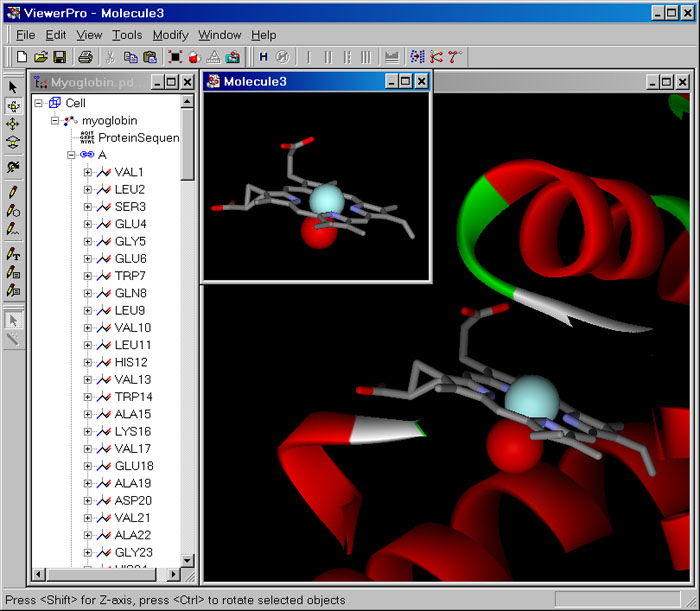
DS ViewerPro 5.0, demo (30 days trial), Accelrys Inc.: http://www.accelrys.com/dstudio/ds_viewer/
Informação básica
/ Basic information

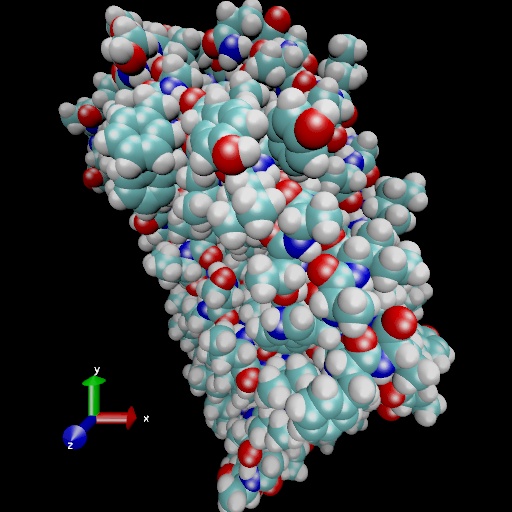
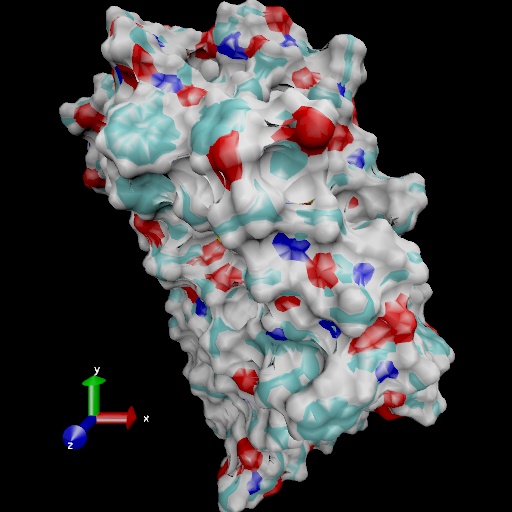

VMD
- Visual Molecular Dynamics, University of Illinois at Urbana-Champaign,
IL, USA: http://www.ks.uiuc.edu/Research/vmd/
--------------------------------------------------------------------------------------------------------------------------------------------------------------------
Sofware for analysis of molecular
/ crystallographics structures (structural analysis):
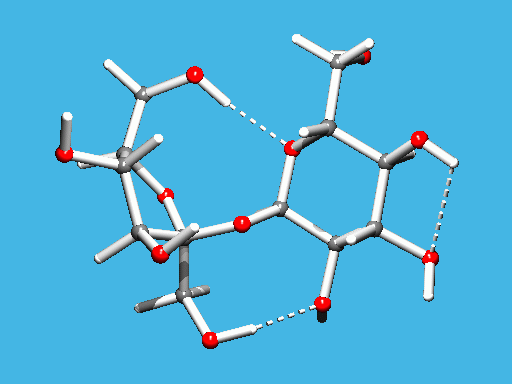
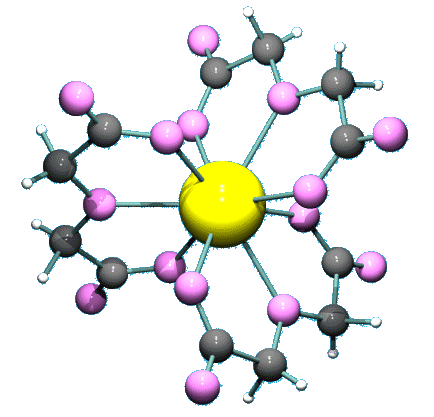
PLATON for Windown v. 2000, download: files1
e / and files2
Detailed instructions, University of Utrecht, The Netherlands: http://www.cryst.chem.uu.nl/platon/
--------------------------------------------------------------------------------------------------------------------------------------------------------------------
Software for calculation of moleculare
properties

Dragon Web 3.0,
University of Milan, Italy: http://www.disat.unimib.it/chm/Dragon.htm
Input in SMILES and some other formats.
The compressed document contains representation of Dragon as ppt.
List of molecular descriptors:
list
Software to be used online
--------------------------------------------------------------------------------------------------------------------------------------------------------------------
LogP calculations using SMILES format of molecules:
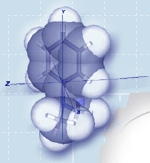
ALOGPS 2.1, Virtual
Computational Chemistry Laboratory: http://146.107.217.178/lab/alogps/-->
start the program


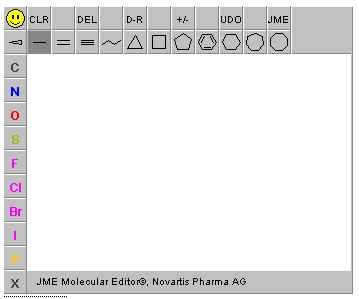
Molinspiration,
SMILES builder: http://www.molinspiration.com/services/logp.html
--------------------------------------------------------------------------------------------------------------------------------------------------------------------
Sofware for similarity search:



Molinspiration,
SMILES builder: http://www.molinspiration.com/services/index.html -->
Substructure, similarity and pharmacophore similarity searches
--------------------------------------------------------------------------------------------------------------------------------------------------------------------
Sofware for molecular geometry
optimization (quantum-chemical methods):

Hückel
MO, MOPAC, Gaussian, Gamess, University of Tasmania, Australia: http://www.chem.utas.edu.au/staff/yatesb/honours/modules/faces.html
-->
--> Hückel interfaces
--> MOPAC interfaces
--> Gaussian interfaces
--> Gamess interfaces
An input and output example for MOPAC: http://www.chem.utas.edu.au/staff/yatesb/honours/modules/mod3/m_input.shtml

MOPAC 6.0 for Windows: program
e / and manual
Input only with internal coordinates
--------------------------------------------------------------------------------------------------------------------------------------------------------------------
Software for chemometric analysis
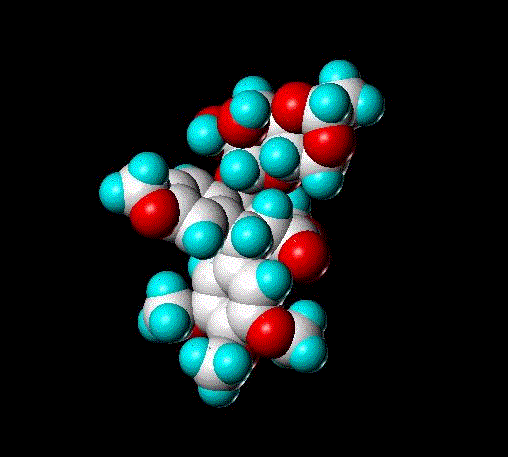

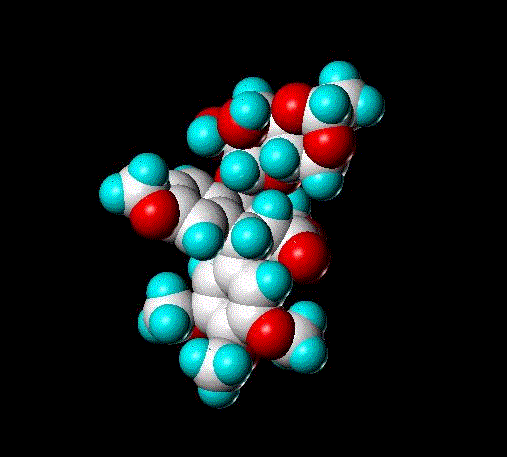
The
QSAR server, The University of North Carline, Chapel Hill, USA:
http://mmlin1.pha.unc.edu/~jin/QSAR/
Structural databases

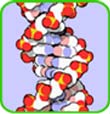


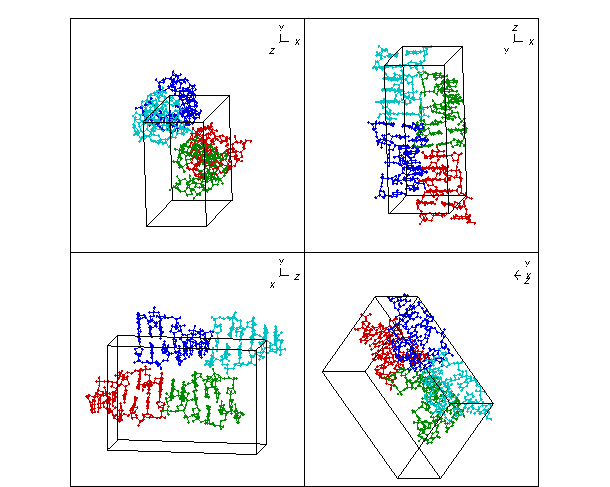

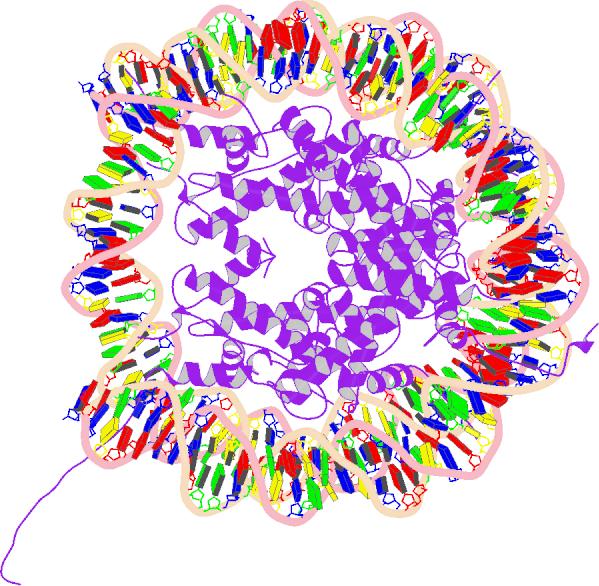
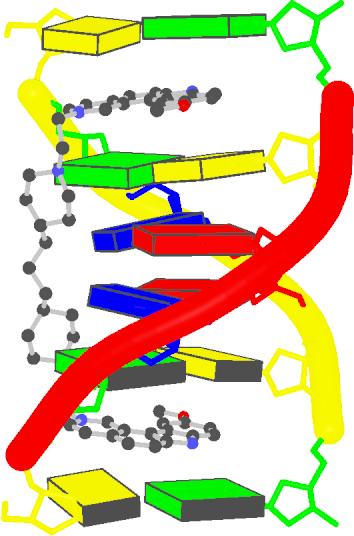
The
Nucleic Acid Database, The Rutgers University, New Jersey, USA:
http://ndbserver.rutgers.edu/NDB/index.html

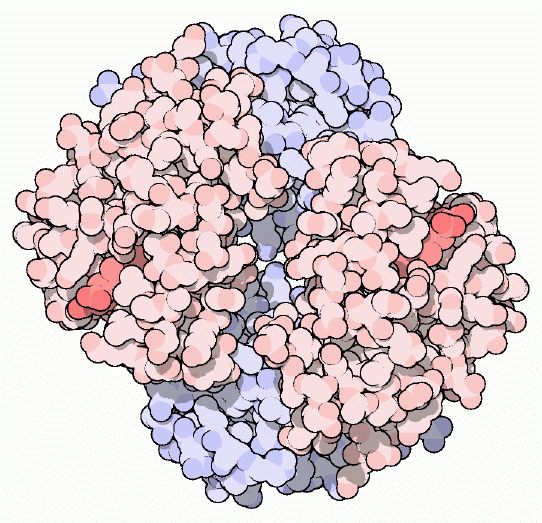
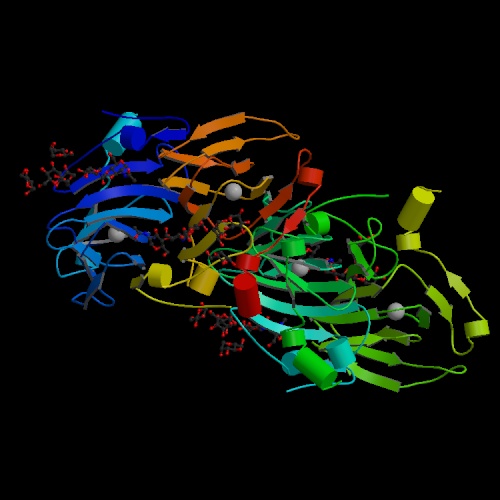
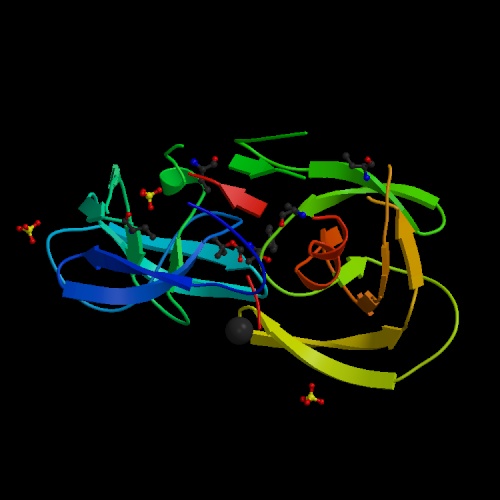
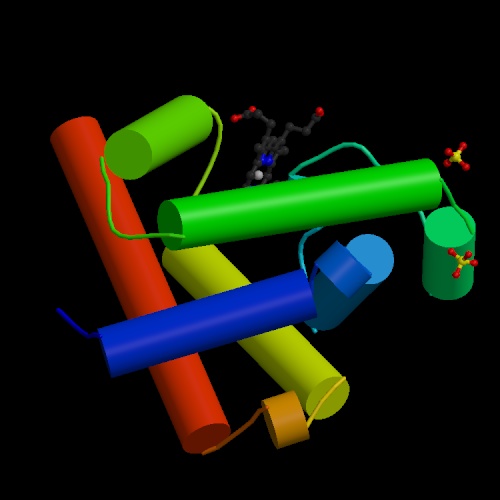
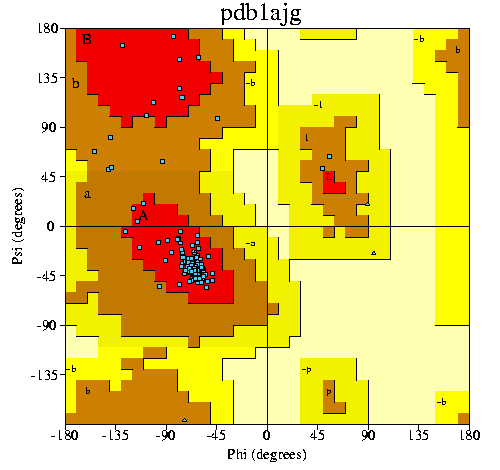
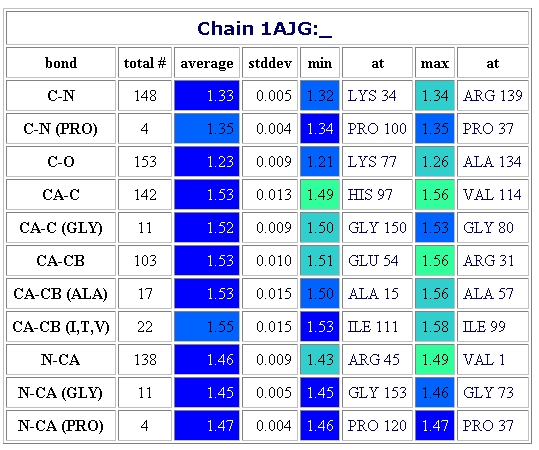
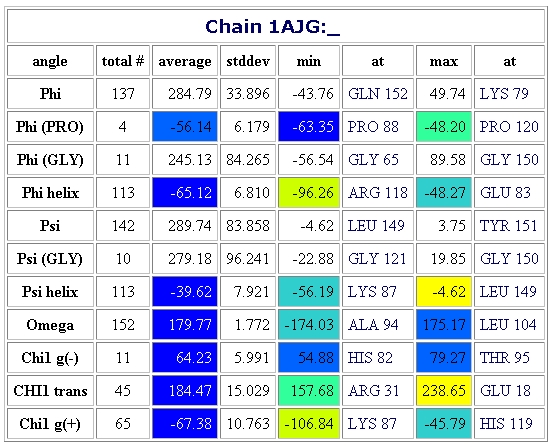
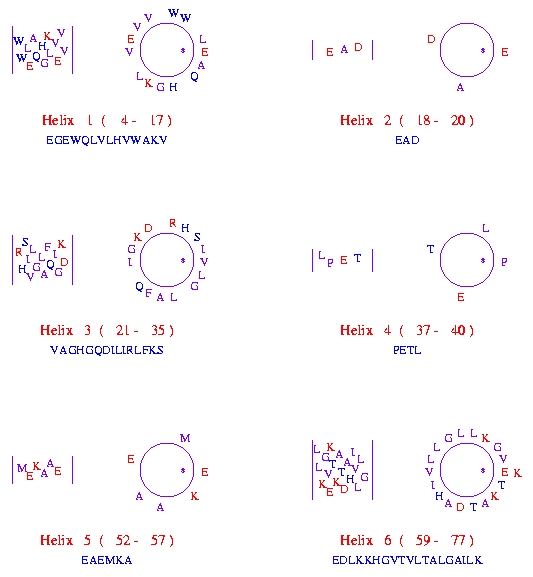
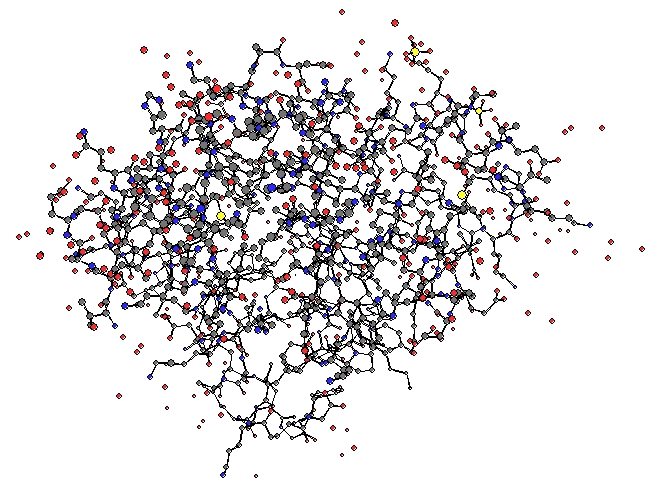
The Protein Data
Bank, The Rutgers University, New Jersey, USA: http://www.rcsb.org/pdb/
Mirror site,
Universidade Federal de Minas Gerais (UFMG), Belo Horizonte, MG, Brasil:
http://www.pdb.ufmg.br/pdb/
There are various tools for analysis/visualization of biomacromolecules
and links for other data banks.
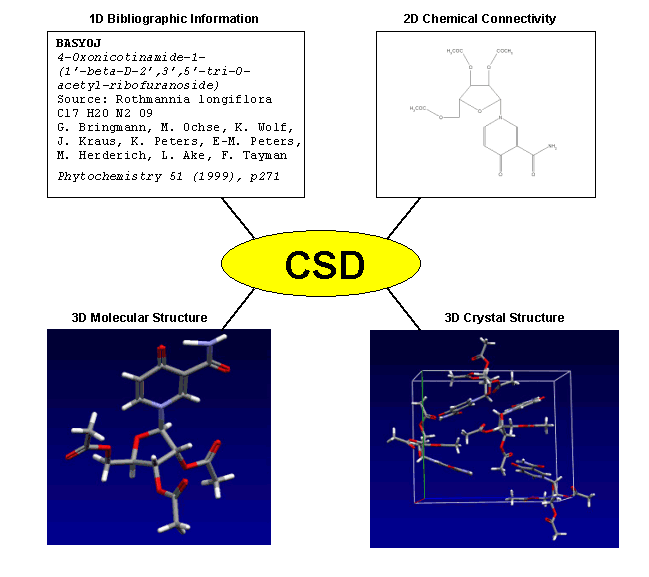
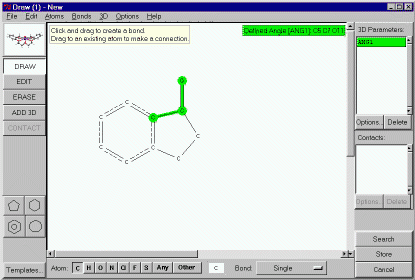
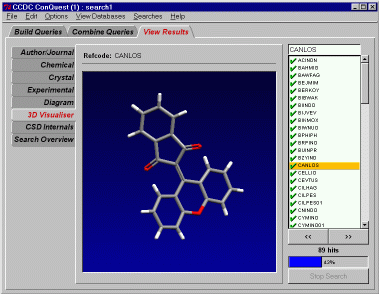
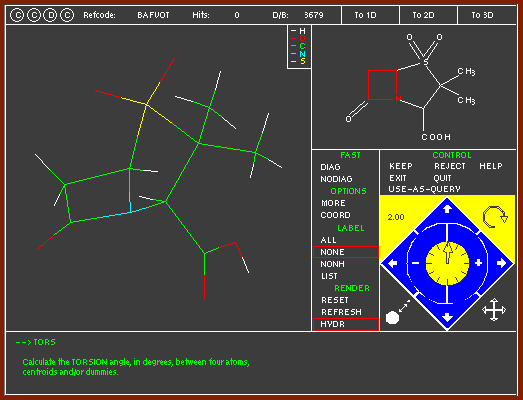
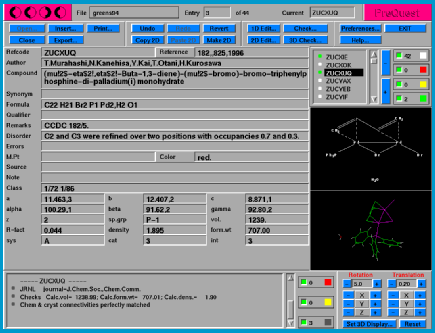
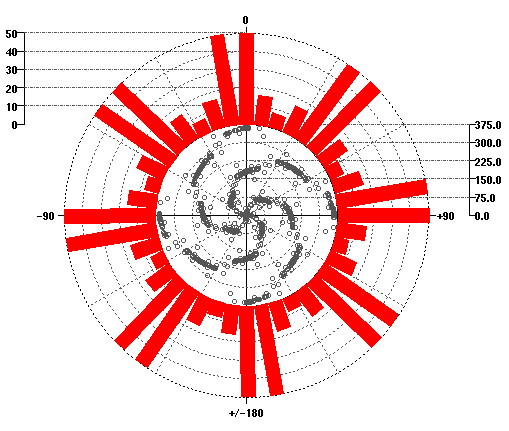
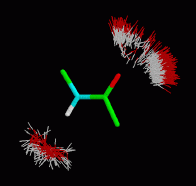
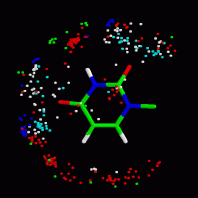
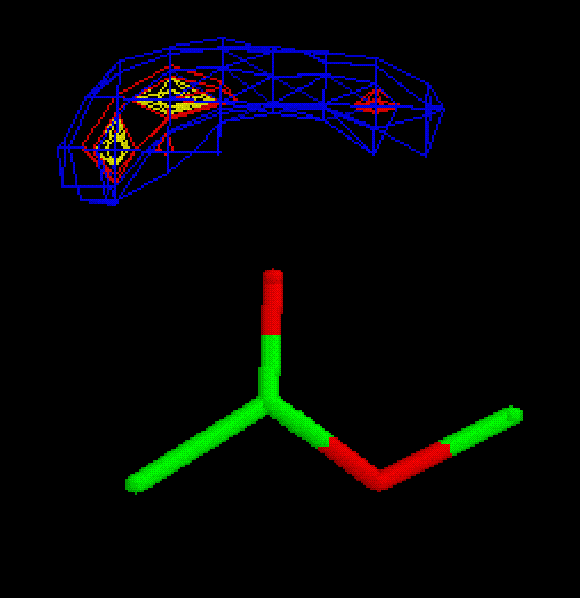


The
Cambridge Structural Database at NCSA Chem Viz, Univ. Urbana-Champaign,
Illinois, USA: http://chemviz.ncsa.uiuc.edu/content/homenew.html
--> Tools --> CSD
or directly http://chemviz.ncsa.uiuc.edu/content/run-csd.html
It is neccessary to obtain first login and password:
http://chemviz.ncsa.uiuc.edu/content/request_account.html
Basic information about this database on the
page of the CCDC, Cambridge Crystallographic Data Centre, University of
Cambridge, UK: http://www.ccdc.cam.ac.uk/
If using this database, it (the database) and
its owner (NCSA) should be cited.

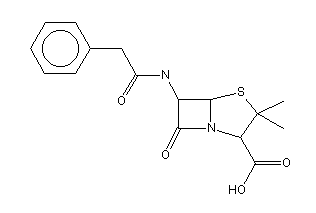
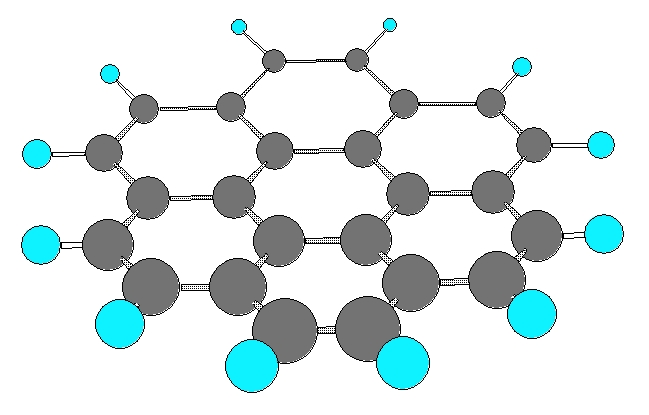
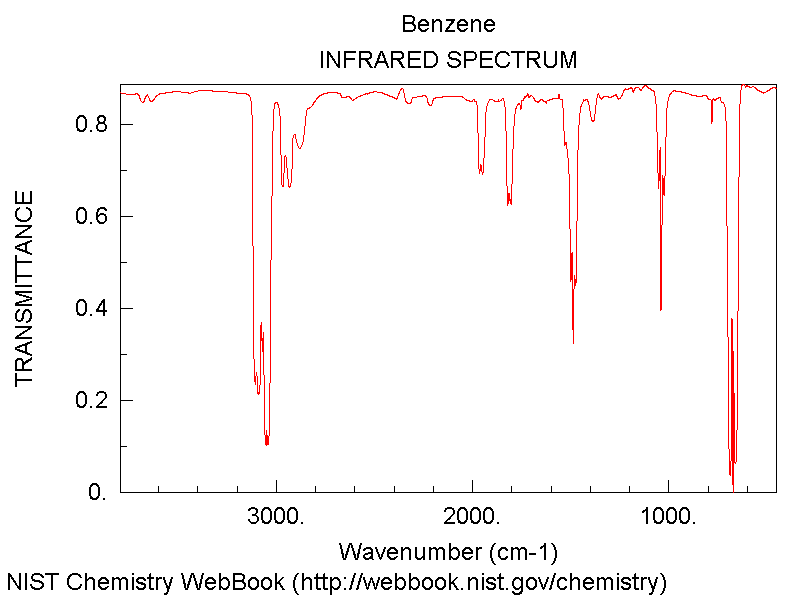
NIST
Chemistry WebBook at NIST, USA: http://webbook.nist.gov/chemistry/
--> Search Options or directly http://webbook.nist.gov/chemistry/#Search

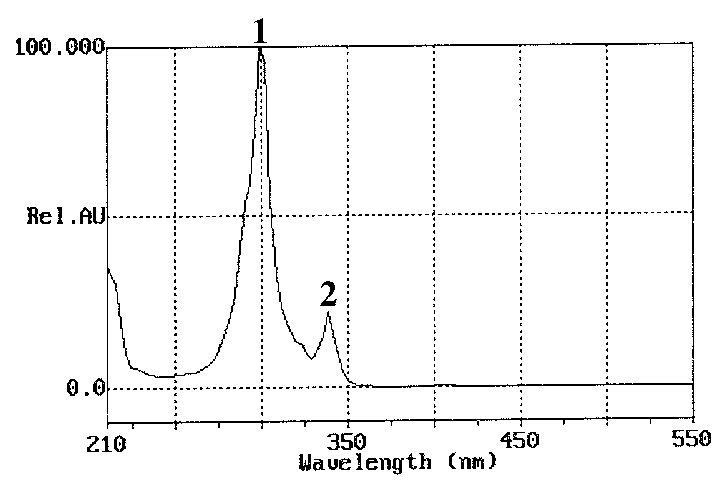
Polycyclic
Aromatic Hydrocarbons (PAHs) Database, Toyohashi University
of Technology, Japan: http://chrom.tutms.tut.ac.jp/JINNO/DATABASE/00database.html
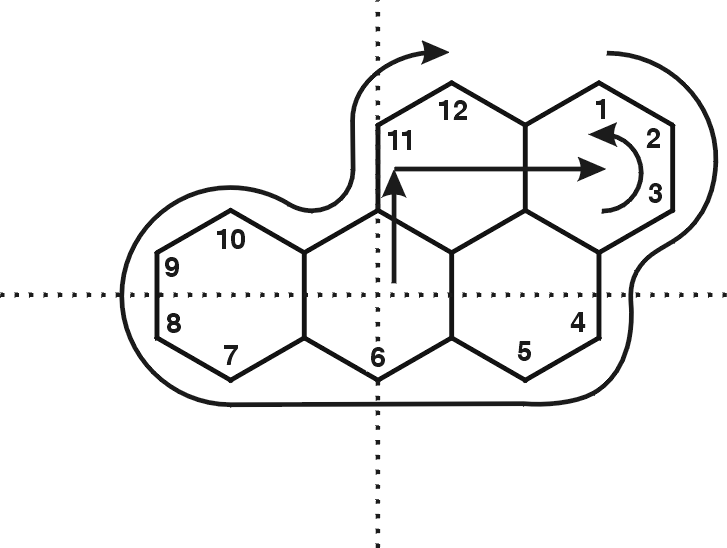
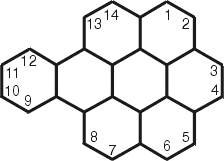
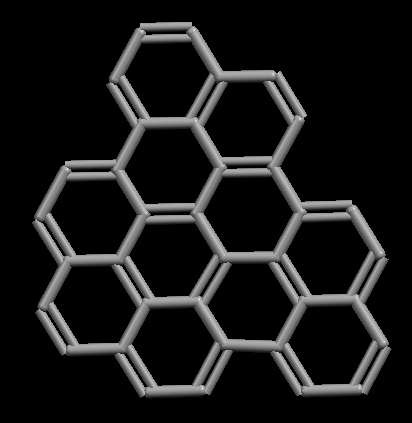
Polycyclic Aromatic
Hydrocarbon Structure Index, NIST, USA: http://ois.nist.gov/pah/
Introdução / Introduction


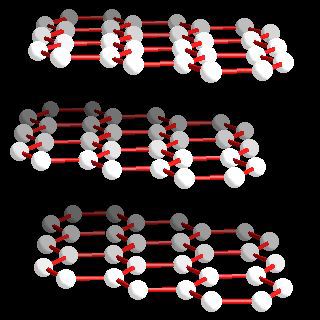
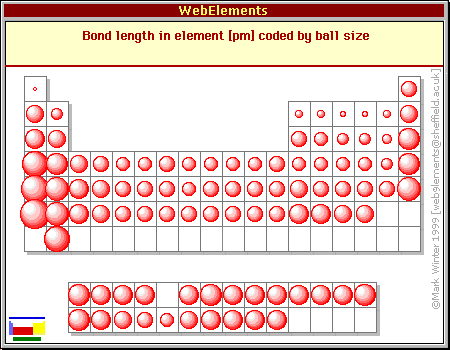
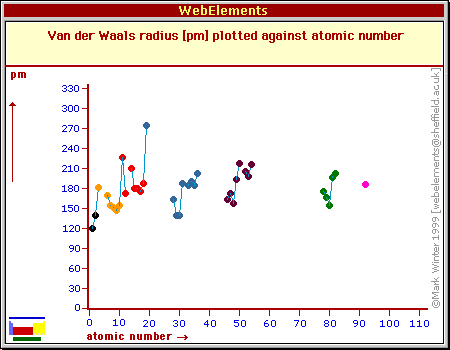
WebElements.com
at University of Sheffield, UK: http://www.webelements.com

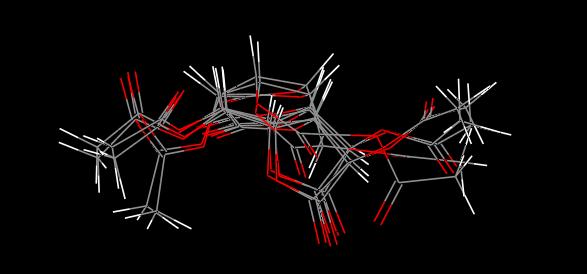
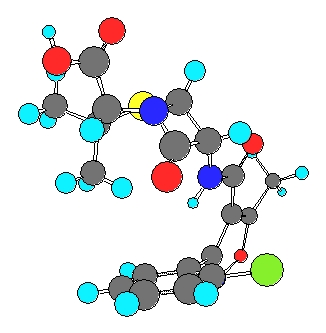
3D
Molecular Modeling Home Page, Tokyo University of Pharmacy and
Life Science: http://triton.ps.toyaku.ac.jp/~dobashi/database/indexe.html

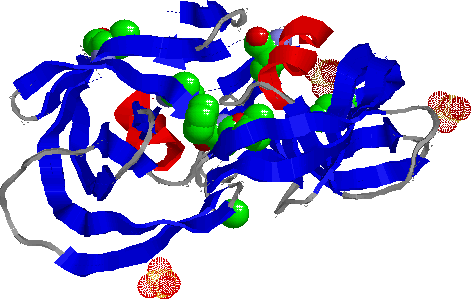
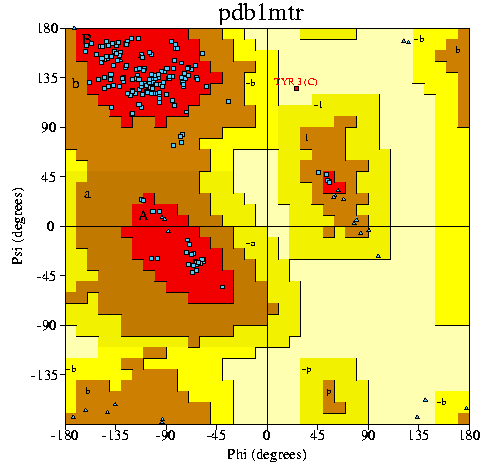
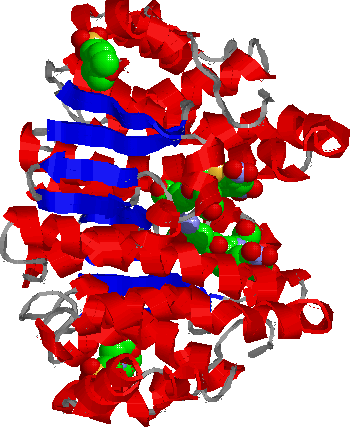
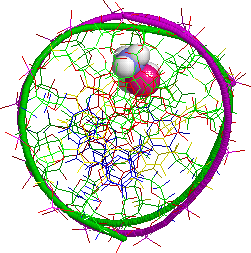
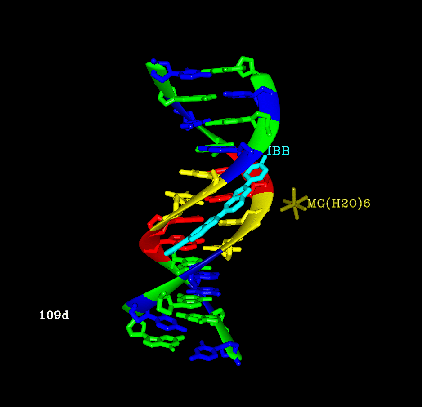
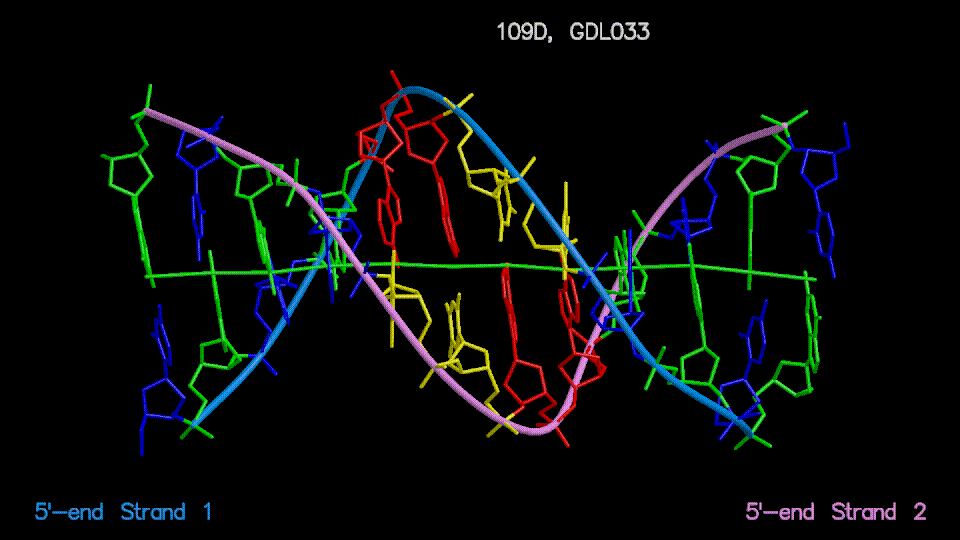
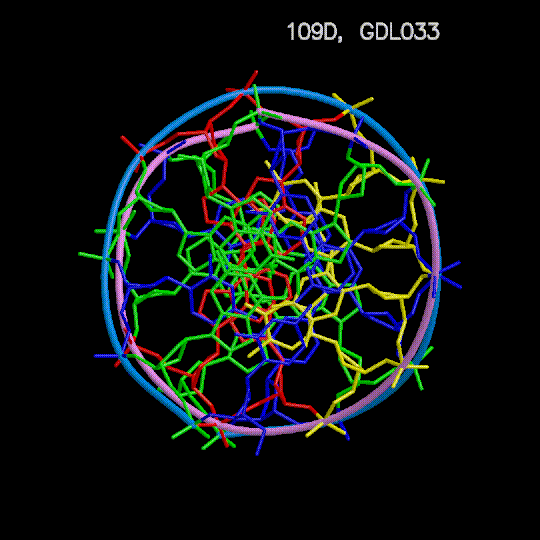
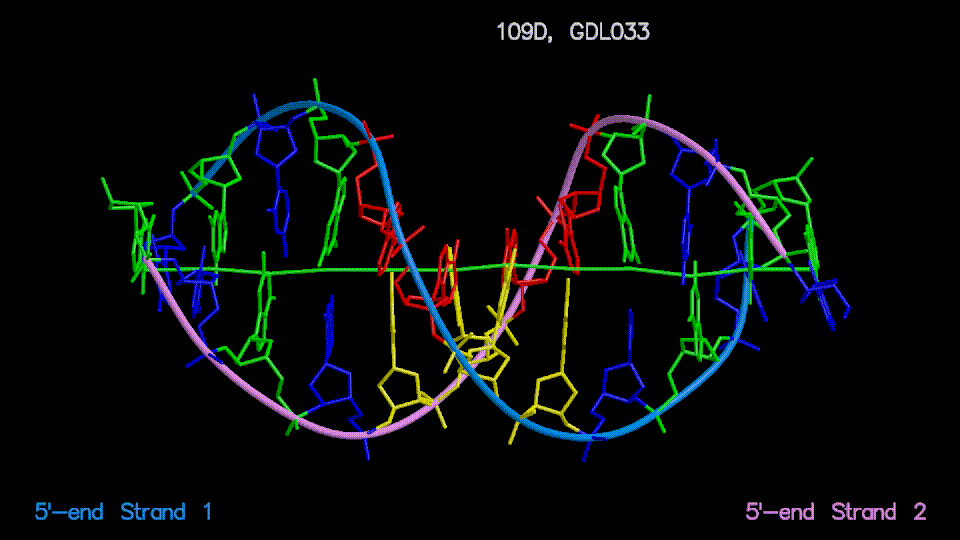
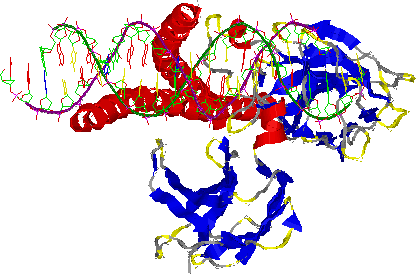
The IMB
Jena Image Library of Biological Macromolecules, University
of Jena, Germany: http://www.imb-jena.de/IMAGE.html
There are various tools for analysis/visualization of biomacromolecules
and links for other data banks.

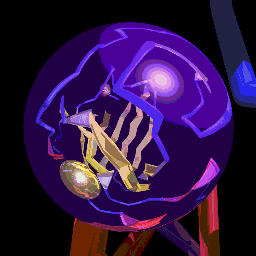
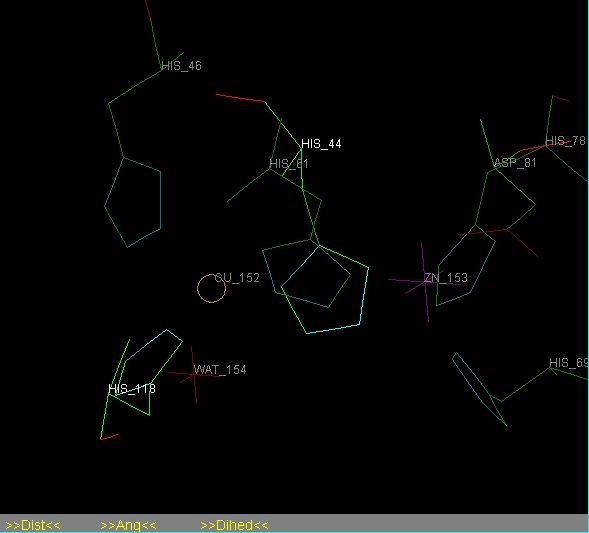
The Metalloprotein
Database and Browser, the Scripps Research Institute, La Jolla,
CA, USA: http://metallo.scripps.edu/
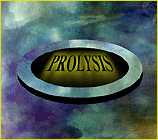
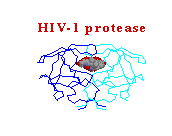
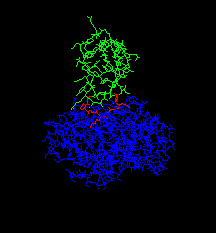
PROLYSIS
- a protease and protease inhibitor Web server, University of
Tours, France: http://delphi.phys.univ-tours.fr/Prolysis/


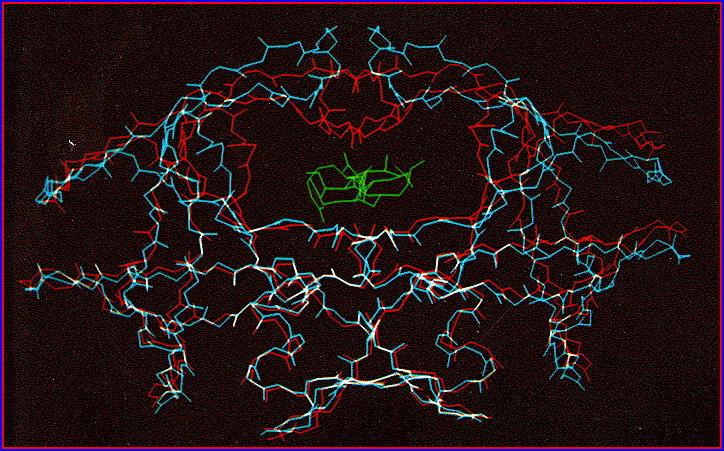
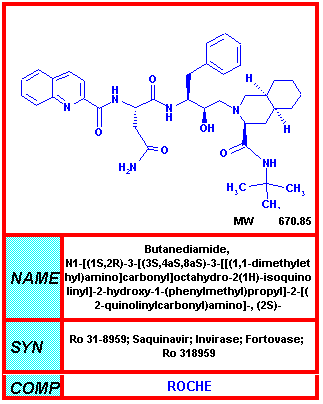
Database
for Anti-HIV Compounds, NIAID-NIST, USA: http://www.niaid.nih.gov/daids/dtpdb/protinh.htm


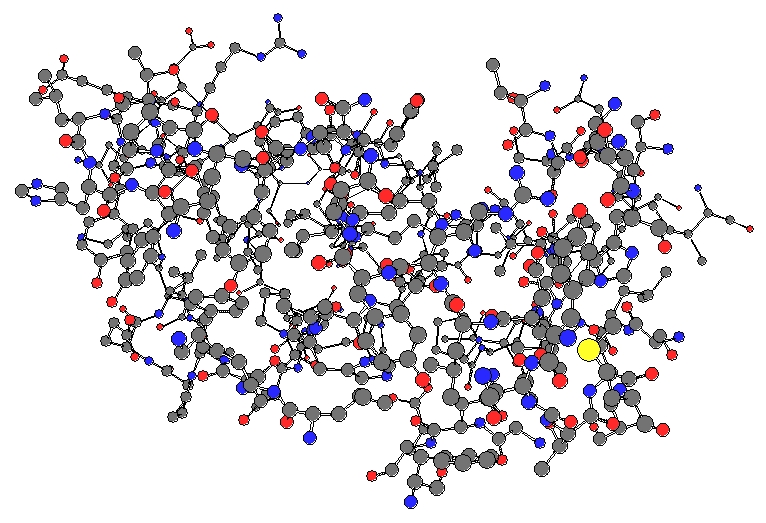
Proteinase
Inhibitor Database, the University of York, UK : http://www.ysbl.york.ac.uk/~proteinase/
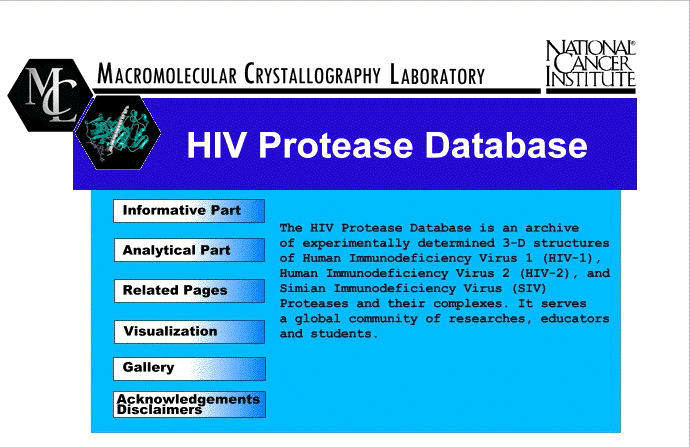
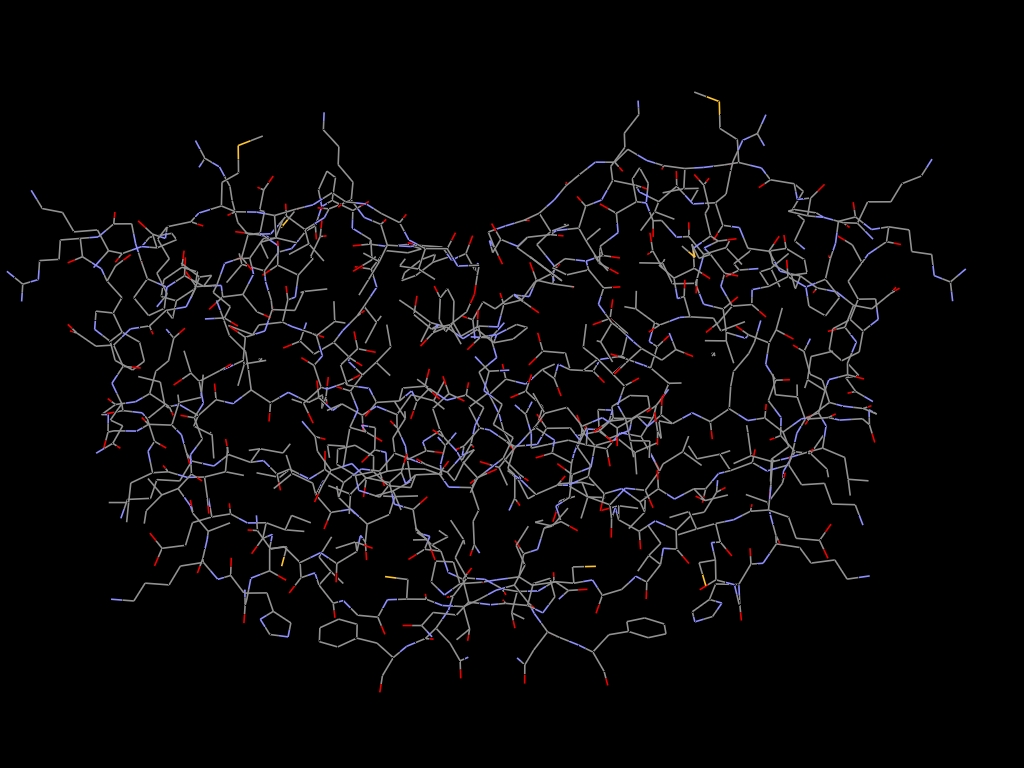
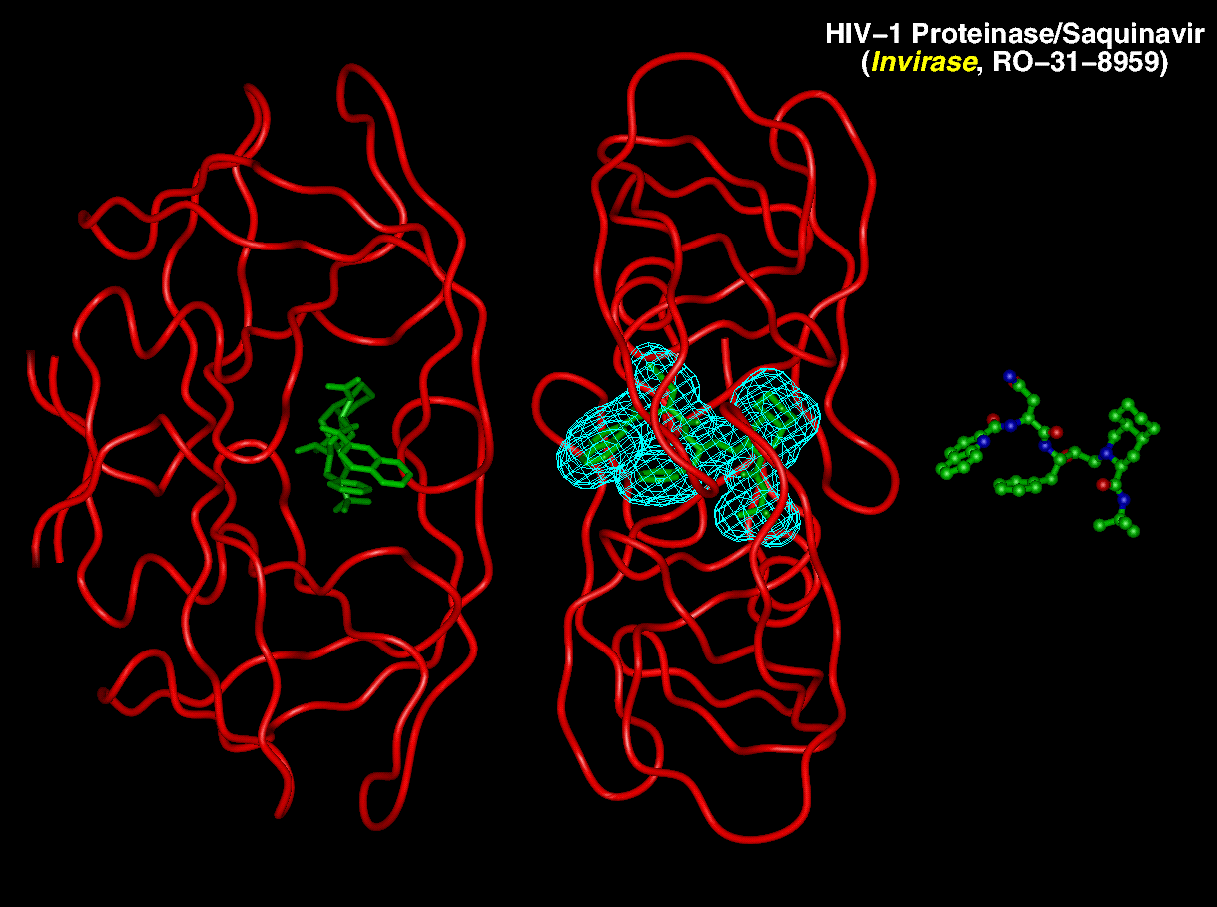
HIV
Protein Database, National Cancer Institute, USA: http://mcl1.ncifcrf.gov/hivdb/index.html
Links for various structural databases:
http://xray.bmc.uu.se/embo/structdb/links.html
http://www.bio.unizh.ch/db/
http://www.xtal.iqfr.csic.es/ing/assistance.html
http://www.kisac.ki.se/education/courses/kth03/strdbs.html
http://www.life.uiuc.edu/z-huang/structldbs.html
http://swarna.ncsa.uiuc.edu/structdbs.html
http://www.rcsb.org/databases.html
http://www3.oup.co.uk/nar/database/cat/11
http://www.biochem.ucl.ac.uk/~robert/bioinf/lecture2/
etc.
Other databases
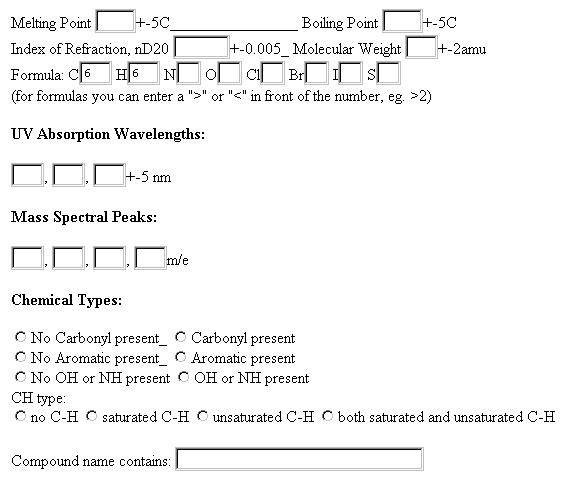
Organic
Chemistry Database, Colby College, Waterville, Maine, USA :
http://www.colby.edu/chemistry/cmp/cmp.html

Klotho
- Biochemical Compounds Declarative Database: http://www.biocheminfo.org/klotho/
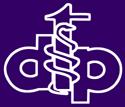
Development Therapeutics
Program, NCI-NIH, USA: http://dtp.nci.nih.gov/
Bancos de dados com atividades biológicas / Databases with
biological activities

Integrated
Spectral Data Base System for Organic Compounds, AIST, Japan:
http://www.aist.go.jp/RIODB/SDBS/sdbs/owa/sdbs_sea.cre_frame_sea
<-- Back
to the English version

























































